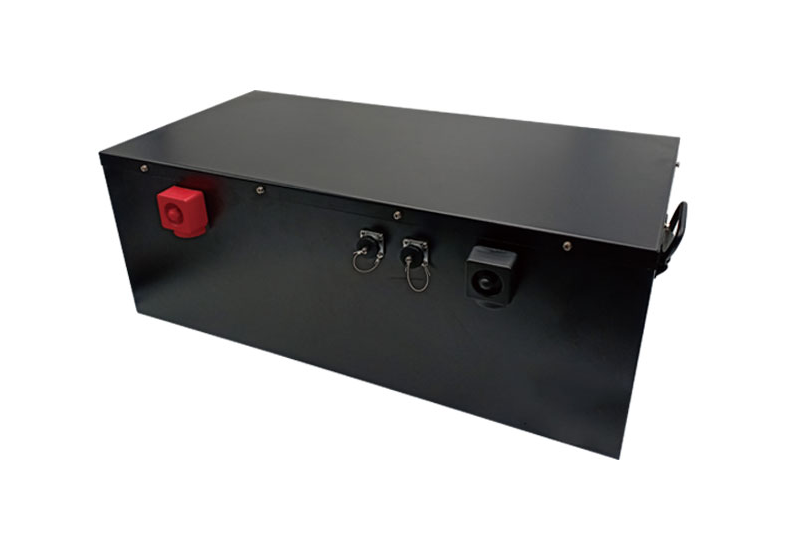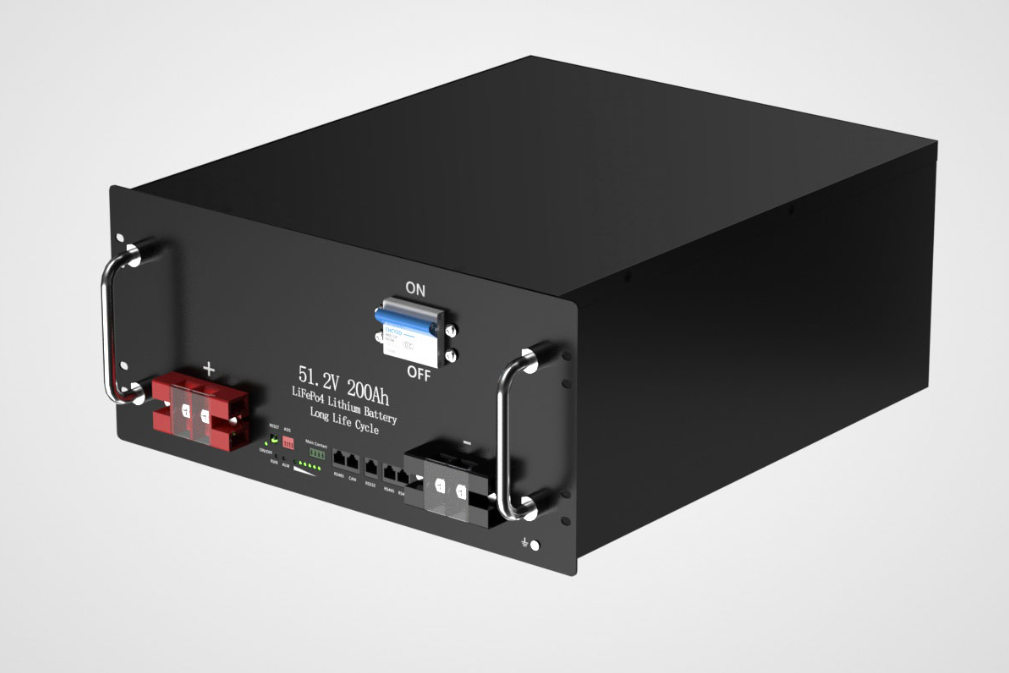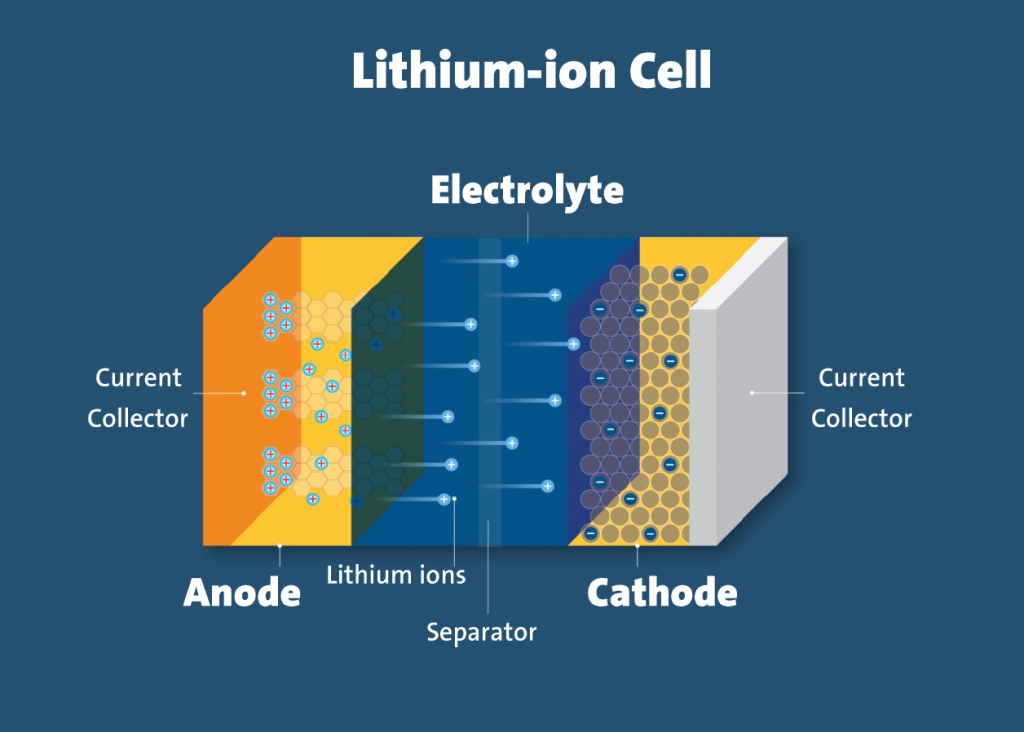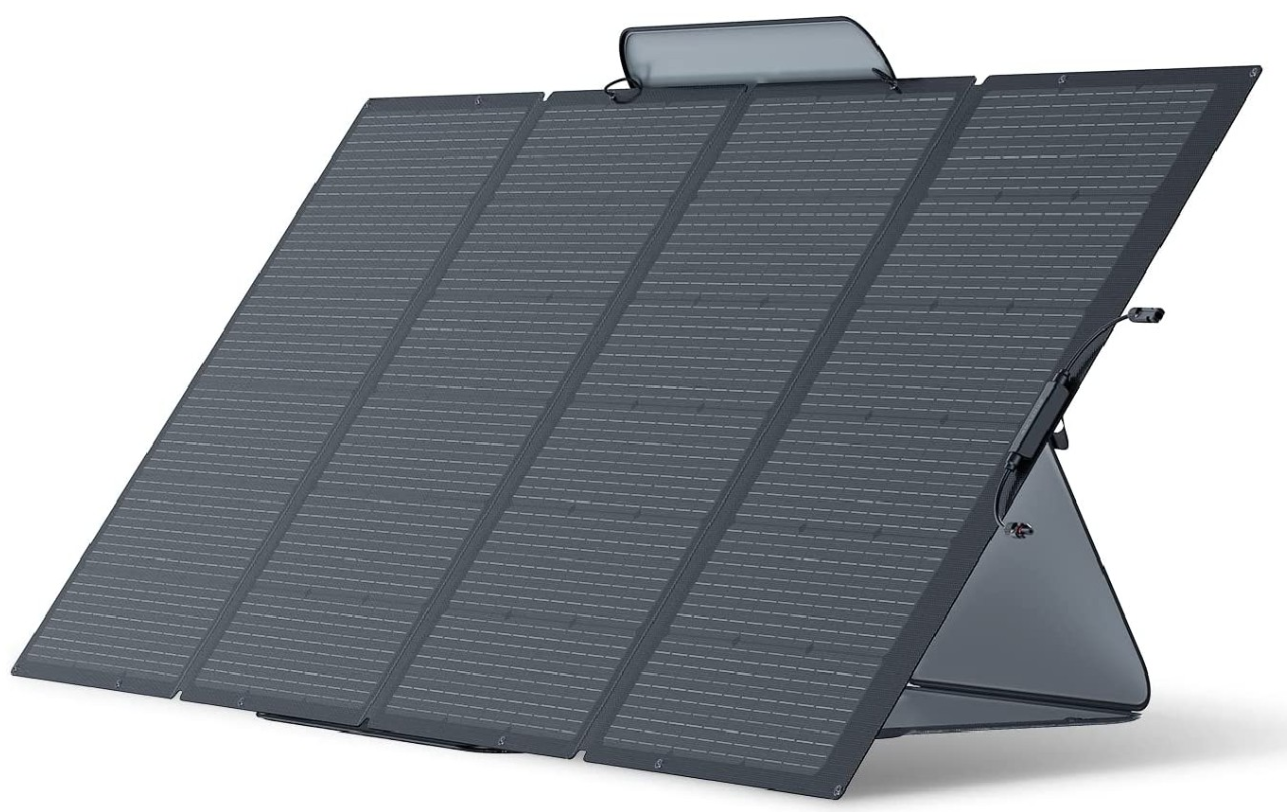Lithium-ion battery have become increasingly popular in various applications, including golf carts. They offer several advantages over traditional lead-acid battery, such as higher energy density, longer cycle life, and reduced weight. If you are considering switching to lithium golf cart battery, one crucial factor to consider is their lifespan. In this article, we will delve into the topic and explore how long lithium golf cart battery typically last.
Understanding Lithium Golf Cart battery:
Lithium golf cart battery utilize advanced lithium-ion technology to store and deliver electrical energy efficiently. Unlike lead-acid battery, which rely on a chemical reaction between lead plates and sulfuric acid, lithium battery employ lithium compounds to enable reversible electrochemical reactions. This technology allows lithium battery to have a higher energy density and longer lifespan.
Factors Affecting the Lifespan of Lithium Golf Cart battery:
Several factors can influence the lifespan of lithium golf cart battery. These include:
a) Depth of Discharge (DoD): The depth to which the battery is discharged during each cycle affects its lifespan. Generally, shallower discharges (e.g., 20-30% DoD) can help prolong battery life compared to deep discharges (e.g., 80% DoD).
b) Charging Habits: Proper charging practices, such as avoiding overcharging or undercharging, can significantly impact the battery’s lifespan. It is crucial to follow the manufacturer’s recommendations for charging lithium battery to maximize their longevity.
c) Temperature: Extreme temperatures, both hot and cold, can adversely affect lithium battery performance and lifespan. Operating the golf cart in moderate temperature conditions can help preserve the battery’s health.
d) Maintenance: Regular maintenance, such as keeping the battery clean and ensuring proper connections, can contribute to the longevity of lithium golf cart battery.
Average Lifespan of Lithium Golf Cart battery:
On average, lithium golf cart battery can last between 5 to 10 years or even longer, depending on various factors and usage patterns. This lifespan is significantly longer than that of traditional lead-acid battery, which typically last around 2 to 5 years.
Benefits of Lithium Golf Cart battery:
Lithium golf cart battery offer several advantages over lead-acid battery, including:
- a) Longer Cycle Life: Lithium battery can endure more charge and discharge cycles than lead-acid battery, resulting in an extended lifespan.
- b) Higher Energy Density: Lithium battery store more energy in a smaller and lighter package, enabling increased range and performance for golf carts.
- c) Faster Charging: Lithium battery have a higher charging efficiency and can be charged at a faster rate than lead-acid battery, reducing downtime.
- d) Maintenance-Free: Unlike lead-acid battery that require periodic maintenance, lithium battery are virtually maintenance-free, saving time and effort.
4 Signs That Indicate You Need New Golf Cart battery
So now that you generally know how long golf cart battery last, it’s crucial to know the signs that your specific battery is on its last leg. Here are the easiest ways to spot a dying battery.
1. battery Are Taking Longer Than Normal to Charge
This can be one of the most obvious signs of battery decline. If your golf cart used to charge fully overnight but now needs 12 hours or more, failing battery may be the culprit. This won’t happen all at once, so you’ll need to watch over time for any changes in charge time.
2. Golf Cart Loses Power Quickly
Another surefire sign your battery are near the end of their life is losing power faster than you did previously. Damaged or degraded battery simply can’t hold as much charge as new, fully-functioning ones. The result will be less driving time between charges, a problem that will continue to worsen until you replace the battery.
3. Golf Cart Acceleration Has Decreased
Have you noticed a bit less pep in your cart? battery that are dying can’t provide the burst of energy that powers the acceleration you’re used to. This can make your drives feel a little sluggish and even impact handling or safety in some cases. Like issues with decreasing length of charge, acceleration problems will worsen over time until you install a new battery.
4. battery Are Leaking Acid, Bulging or Corroding
If you simply look at your battery and something just doesn’t seem right, this can also signal it’s time for a replacement. Common issues include acid leaks, either around the terminals or along seams or openings, as well as bulging or any other deformation. Lead-acid battery can be very dangerous, and it’s imperative to replace damaged ones as soon as possible and do your best to avoid contact with any battery acid. You should also ensure you properly dispose of battery to prevent damage to the environment from the toxic materials inside.
How long do lithium golf cart battery last?
Lithium golf cart battery generally have a longer lifespan compared to traditional lead-acid battery. The specific lifespan of a lithium golf cart battery can vary depending on several factors, including the quality of the battery, usage patterns, charging and discharging cycles, operating conditions, and maintenance practices.
In general, well-maintained lithium golf cart battery can last anywhere from 5 to 10 years or even longer. Some manufacturers may provide warranties ranging from 5 to 10 years, indicating their confidence in the longevity of their battery.
The advantage of lithium battery is that they typically experience slower capacity degradation compared to lead-acid battery. They can handle more charge-discharge cycles and maintain a higher percentage of their original capacity over time. However, it’s important to note that lithium battery, like any other battery chemistry, will eventually experience some level of degradation and reduced performance as they age.
Proper care and maintenance of lithium golf cart battery can help extend their lifespan. This includes following recommended charging and discharging practices, avoiding extreme temperature conditions, and using compatible chargers. Regular monitoring of battery performance, voltage levels, and capacity can also help identify any issues and take appropriate maintenance actions.
It’s worth noting that advancements in lithium battery technology are continuously improving the lifespan and performance of these battery. However, individual results may still vary based on specific usage and environmental conditions.
How to convert golf carts to lithium battery?
Converting a golf cart from traditional lead-acid battery to lithium battery can provide numerous advantages, including a longer lifespan, higher energy efficiency, lighter weight, and potentially increased range. Here are the general steps involved in converting a golf cart to lithium battery:
- Determine Compatibility: Start by confirming that your golf cart is compatible with a lithium battery conversion. Check the voltage requirements and electrical system of your golf cart to ensure it can accommodate the higher voltage typically associated with lithium battery
- Select the Right Lithium Battery Pack: Research and choose a suitable lithium battery pack for your golf cart. Consider factors such as voltage, capacity (Ah), physical size, weight, and the specific requirements of your golf cart. Ensure that the battery pack has a management system to monitor and protect the battery from overcharging and discharging.
- Prepare the Golf Cart: Before installing the lithium battery, ensure that the golf cart is in good working condition. Check the wiring, connectors, and any other components that may need replacement or adjustment. Clean and remove any residue or corrosion from the battery compartment.
- Remove the Lead-Acid battery: Disconnect and remove the old lead-acid battery from the golf cart. Ensure proper safety precautions while handling and disposing of lead-acid battery, following local regulations.
- Install the Lithium Battery Pack: Install the lithium battery pack in the battery compartment of the golf cart. Connect the battery pack to the golf cart’s electrical system, following the manufacturer’s instructions. Make sure to properly connect the positive and negative terminals, ensuring a secure and reliable connection.
- Test and Verify: Once the lithium battery pack is installed, test the golf cart to ensure that all electrical components are functioning properly. Check for any issues or anomalies and address them accordingly.
- Adapt Charging System: Lithium battery require a specific charging profile different from lead-acid battery. Ensure that the golf cart’s charging system is compatible with lithium battery or make the necessary adjustments. It’s recommended to use a lithium-specific charger to optimize the performance and longevity of the lithium battery.
- Maintenance and Care: Follow the manufacturer’s guidelines for the proper maintenance and care of the lithium battery. This may include periodic monitoring of the battery pack’s voltage, capacity, and temperature, as well as ensuring appropriate charging and storage practices.
It’s important to note that the conversion process may vary depending on the specific golf cart model, battery pack, and manufacturer recommendations.
Avoiding factors for golf cart battery:
The act of driving a golf cart around is always fun. Whether you’re driving in the neighbourhood or on the course, maintaining your golf cart is essential. A solid 48-volt lithium golf cart battery will run your cart and serve you well for several years in the majority of cases. However, there are a few typical errors that individuals make while using their golf cart battery that might drastically reduce their longevity. Pay attention to these pointers so you’ll know exactly what to do with your equipment and what to avoid.
- Letting the battery fully drain
- Overcharging the battery
- Ignoring hazardous weather
- Pushing the cart too hard
- Neglecting regular maintenance
- Running accessories too much
- Letting the Battery Fully Drain
Never let your battery completely discharge before recharging it. The battery may sustain long-term damage and negatively impact the number of charge cycles and total lifetime if you push it to utilize as much energy as possible before connecting it back to a charger.
After using your golf cart for the day, remember to recharge the battery and avoid using it until it runs out of power. This minimizes the danger to your cart and keeps your charge cycles going typically.
Overcharging the Battery
While it’s crucial to avoid using the battery for excessive time or letting it run flat, it’s equally essential to prevent overcharging your battery. The most frequent error individuals make with golf cart battery is overcharging, which negatively affects the battery’s longevity.
Many negligent cart owners leave the battery on a charger when the cart is not in use. Having a fully charged battery at all times may seem like a good idea, but overcharging ultimately leads to shorter cycle times and less power.
Ignoring Hazardous Weather
Knowing how the outdoor temperature could affect your cart’s battery is wise. If you live somewhere that gets a lot of rain, we advise storing your cart somewhere dry. While it may not immediately affect the storm, too much moisture might harm your cart and eventually lead to issues.
The good news is that temperature becomes less of an issue as battery technology advances, but you should still monitor it. For most lithium-ion battery packs, you’ll want to keep your cart and the battery between 32° to 95° Fahrenheit. You could see a somewhat quicker charge during the warmer summer months, and this pace decreases during the colder months. Colder temperatures might limit the life of your battery, while higher temperatures could reduce its entire capacity.
Your battery will function better if you keep it dry and within a safe temperature range. Depending on where you are, this could be a little harder, but it’s worth the effort to maintain your battery and cart in good shape.
Pushing the Cart Too Hard
The difference between a vehicle and a golf cart should be noticeable. Overstretching it is one of the easiest ways to harm it permanently. It’s not a good idea to drive your cart for long distances since you risk overtaxing the battery. At worst, you may get trapped if you run out of power while traveling.
We suggest hiring a truck or trailer to deliver your golf cart to your destination rather than driving it dangerously far. Going through more challenging terrain or at fast speeds is dangerous since golf carts are not the greatest for climbing steep slopes. These things affect how long your cart lasts and how powerful it is.
Neglecting Regular Maintenance
When it comes to taking care of your battery, routine maintenance is a crucial step. Suppose you have a more recent golf cart with a lithium-ion battery. In that case, maintenance is less critical than for older lead-acid battery, and some don’t even need to be maintained at all, like the golf cart kits from BigBattery. Nevertheless, it’s a wise idea to exercise caution.
Consider sending your battery to a qualified technician who can check it if you notice any inconsistencies, such as lower power or longer charging times. Lithium-ion battery seldom need to be replaced before the end of their anticipated lifetime, but it may be costly if they do. By keeping an eye on things and caring for your cart’s battery regularly, you can extend its life and increase the time between new battery purchases.
There are restrictions on how much maintenance you can do without disassembling the whole battery since the case of lithium-ion battery is often inaccessible. Opening a battery might even nullify the manufacturer’s guarantee in extreme circumstances. If this is the case, just as with BigBattery, you should get in touch with the manufacturer or distributor from whom you bought the battery to determine the best approach to examine it. One recommendation is to ensure all cables are securely fastened to the battery and other associated components. Your issue could have a simple fix since a single loose wire is sometimes sufficient to destabilize the whole battery.
Running Accessories too Much
You most likely have access to standard features when operating your golf carts, such as the radio, headlights, and air conditioning. Since each of these gadgets consumes energy from your golf cart’s battery, it is advised to use them only while your coach is stationary. If you’re operating a gas-powered cart, you may need to restart it to get it moving again. If you use the accessories on electrical carts excessively, you run the danger of over-discharging, which is bad for the battery over time.
Lithium-ion golf cart battery have a long lifespan if they are correctly maintained. Any golf cart would benefit from these thin, strong battery. Any golf cart aficionado wishing to upgrade their way of casual transportation with more power and durability comes highly recommended.
Conclusion:
Lithium golf cart battery offer a durable and efficient power source for golf carts, with a significantly longer lifespan compared to traditional lead-acid battery. By understanding the factors that influence their longevity and adopting proper charging and usage practices, you can maximize the lifespan of your lithium golf cart battery. Whether you are a casual golfer or a golf course owner, investing in lithium golf cart battery can enhance the performance, range, and overall experience on the course.
Frequently Asked Questions
How long do golf cart lithium battery last on one charge?
The average range of the electric golf cart is 8-10 miles on a lead-acid battery. Lithium battery cover up to 100 miles on a single full charge. Lithium battery feature a longer battery life and a speedy charging time.
Are lithium battery worth it for golf cart?
Lithium battery are better for golf carts in just about every way. They’re more expensive upfront, but they’ll save you money in the long run because you won’t have to replace them as often. A golf cart lithium battery also puts less strain on the cart’s motor and doesn’t release harmful chemicals into the air.
How long will a 60AH lithium battery last in a golf cart?
A standard fleet cart with 2 x 48V 30AH (60AH total) Allied battery will average a range of 30-40 miles per charge. Each additional battery will add 15-20 miles of range.
Can you leave lithium golf cart battery plugged in all the time?
For the lithium-ion battery, it is perfectly fine and better to leave the golf cart plugged in for long periods. The lithium-ion battery have inbuilt safeguards, which means you can leave the battery connected to a power source for a prolonged period.
How much does it cost to replace a lithium battery in a golf cart?
On average, expect to pay anywhere from $1,000–3,500 for the conversion. While this may seem like a significant upfront investment, the benefits of a lithium battery, such as its longer battery life and faster charging times, can save you money and hassle in the long run.
How many lithium battery do I need for a 48V golf cart?
If you have a 48-volt cart, you will need either eight six-volt battery, six eight-volt battery, or four 12 volt battery. Remember that the higher the voltage battery you use, the faster it will charge. They will need twelve six-volt battery, six twelve-volt battery, or nine eight-volt battery.
Is 100AH enough for golf cart?
In the case of 48v 100ah Lithium ion golf cart battery, their smallness and lightness makes them a brilliant pick for golf carts. That said, its small size and weight makes them unsuitable for a handful of equipment. However, if you intend to use them for the items mentioned above, then you do not have any problem.
What size lithium battery do you need for a golf cart?
Your electric cart will take 6, 8, or 12V battery. Its volt electrical drive system will have a 36V or 48V system. To find out which type your cart takes, check the battery compartment. There will be 3, 4, or 6 holes.
How long will a 12V 100Ah lithium battery last?
The Reserve Capacity of the 12V 100Ah deep-cycle lithium battery is usually around 240 minutes – these battery are able to provide 25 Amps for 4 hours.






